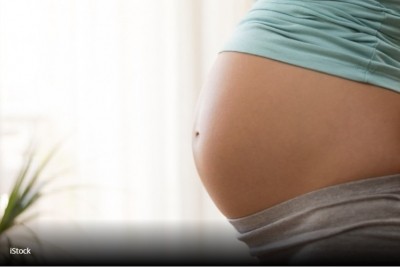New recommendations for migraine related probiotic studies

A systematic review by the researchers, published in the Journal of Clinical Medicine yesterday, aimed to discuss the effectiveness of probiotic interventions in treating migraine symptoms in adults based on published randomised controlled trials (RCT).
But they found that contradicting results and a lack of standardisation in studies meant a meta-analysis was impossible.
Out of 67 relatively relevant papers identified in a formal search, only two were 'proper RCTs' and the rest were either open label, mixed treatments, abstract only, children or reviews.
Both relevant studies used multistrain - one using BioKult from ADM Protexin and the other using Ecologic Barrier from Winclove Probiotics - and both were using similar dose and duration.
Studies varied in the effect on migraine success. Bio-Kult reduced frequency and severity of migraine successfully, as well as reduced use of analgesia in both chronic and episodic patients while Ecologic Barrier showed no difference between placebo and probiotic in any of the outcomes.
A meta-analysis was not possible, as each study was reporting similar results in very different ways with different time scales, units etc.
The review report states: “Interestingly, the findings from the two papers included in this systematic review were in sharp contrast to one another. The first of the two papers, by de Roos et al., failed to demonstrate a statistically significant change in migraine frequency between the probiotic intervention group and placebo.
"In contrast, the study by Martami et al., demonstrated an approximately 40% reduction in migraine frequency in the probiotic groups. In their study of EM patients, Martami et al. saw a reduction in migraine frequency of 2.6 days per month compared to placebo.”
As such, the researchers made a list of recommendations for future probiotic trials in migraine sufferers:
Exclusion criteria
Standardised exclusion criteria: use of medications with well-acknowledged impacts on the gut microbiome should be considered (e.g. antibiotics, antidepressants, proton pump inhibitors), as well as duration of the period free from antibiotics and probiotics.
Pregnancy and breastfeeding (due to the influence of hormonal changes).
Inclusion criteria
Studies should explicitly focus on chronic or episodic migraine sufferers and clearly indicate which group was studied.
Studies should focus on migraine with aura and without aura and clearly indicate which group was studied.
Gender factor should be considered. Many studies had only small proportion of male participants. Single gender studies could also be considered.
Standardised evaluation of the symptoms in the defined period prior to enrolment, minimum one month history. Ideally, to avoid reliance on patients’ memory, the first month of the trial would not include the intervention and allow for observation of the symptoms.
Intervention
Convenient and easy-to-use formulations should be chosen, to ensure good compliance.
Duration of intervention should be no less than two months.
Washout period should be studied to establish for each formulation how long after treatment cessation effects starts to diminish.
General
Use of validated standardised migraine symptom questionnaires/diaries for recording of migraine frequency, duration, and severity or a comparable 10-point visual analogue scale.
Validated Quality of Life tools.
If applicable, sub-group analysis comparing the effect of intervention in groups with different severities of migraine symptoms.
Inclusion of standard reporting metrics, such as 50% responder rates.
Standardised reporting on the use of medications pre and post intervention (number of doses per week, with the information what a standard local dose is).
Sub-group analysis for responders and non-responders, with explicit definition of responders (e.g., reduction of migraine duration by over 2 days per month).
Preferably, microbiome analysis pre- and post-intervention.
Consider inclusion of metabolomics outcomes such as lipopolysaccharides (LPS) and tryptophan.
Source: Journal of Clinical Medicine
Authors: Naghibi. M. M., Day. R., Stone. S., and Harper. A.
"Probiotics for the Prophylaxis of Migraine: A Systematic Review of Randomized Placebo Controlled Trials"
doi.org/10.3390/jcm8091441










